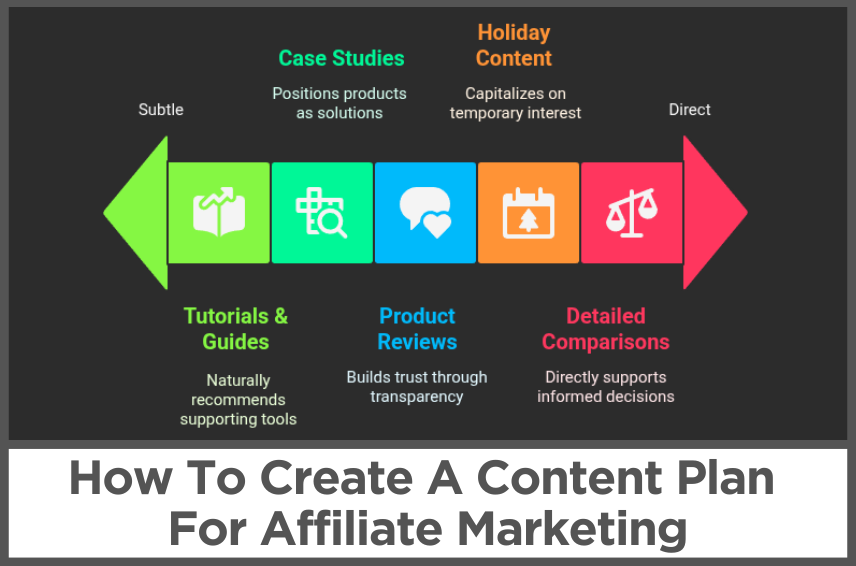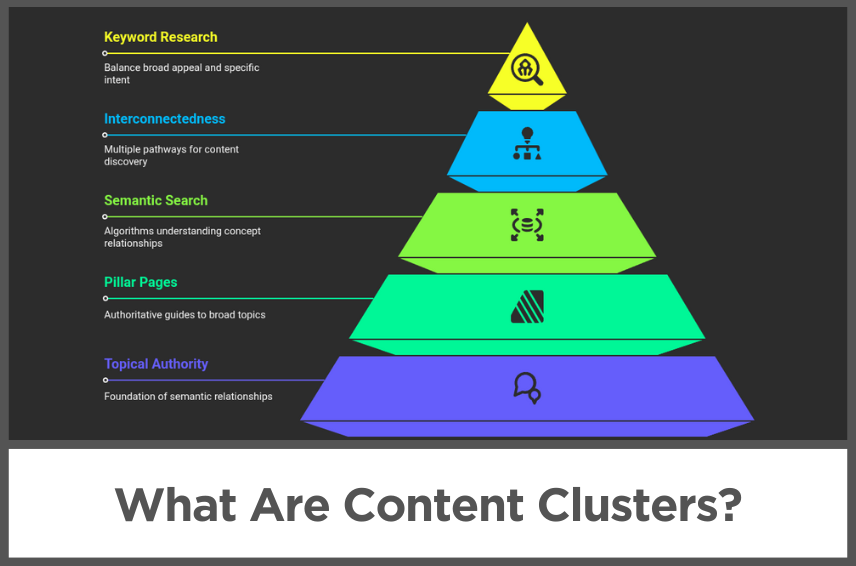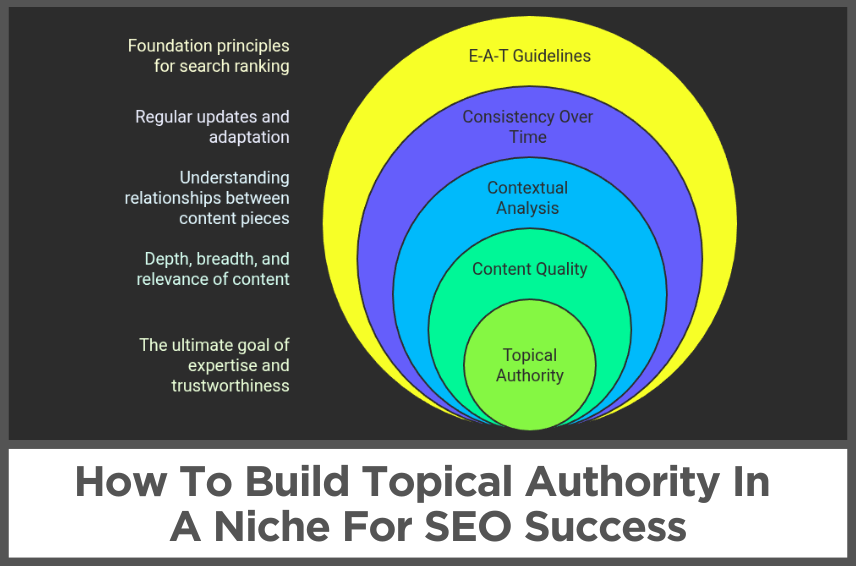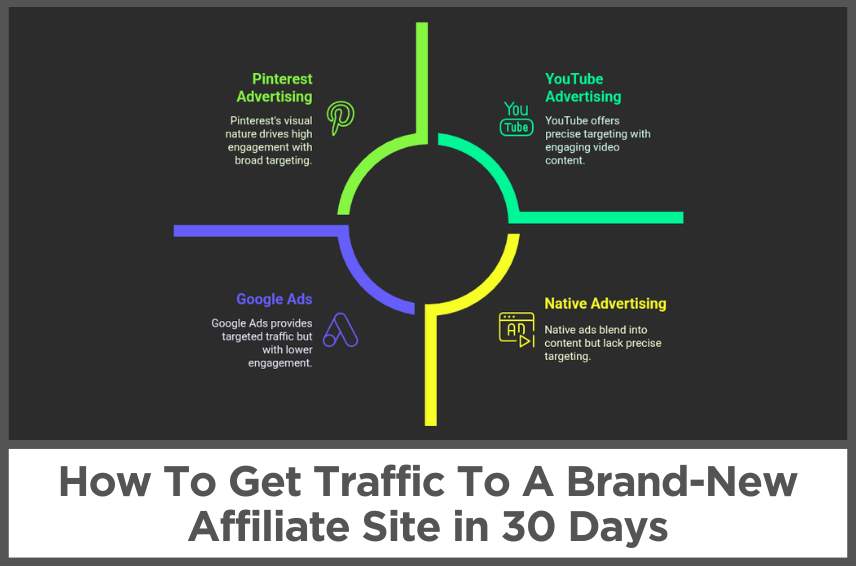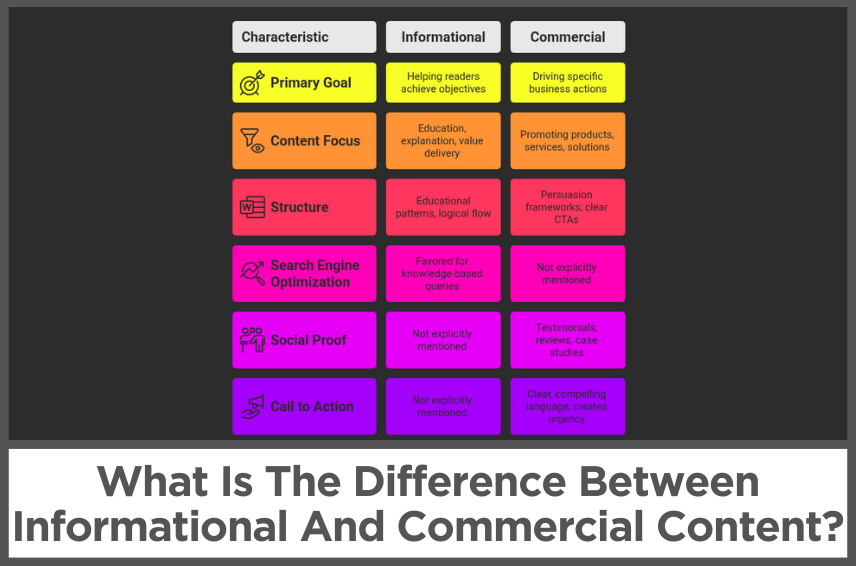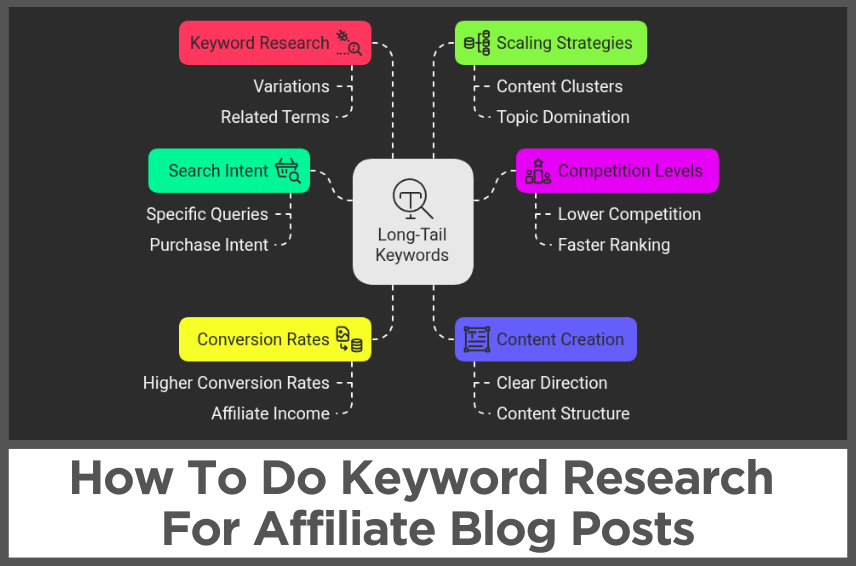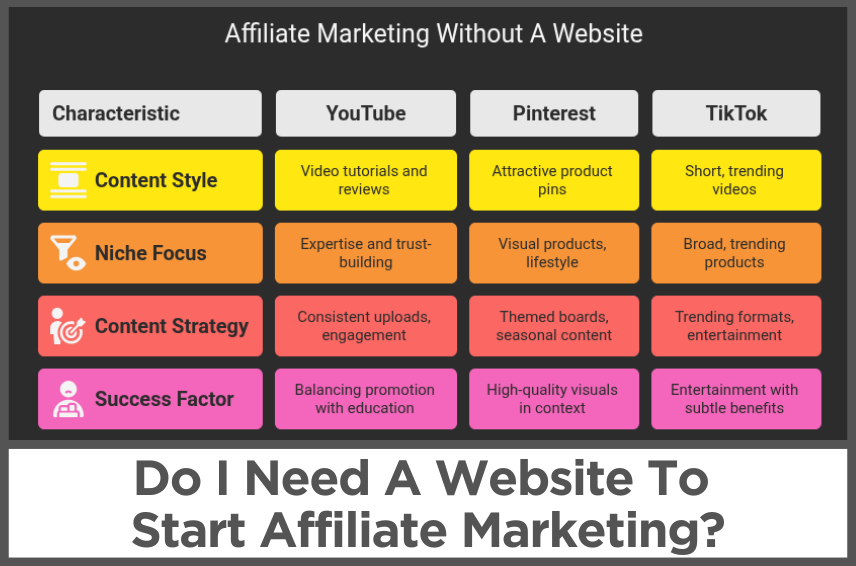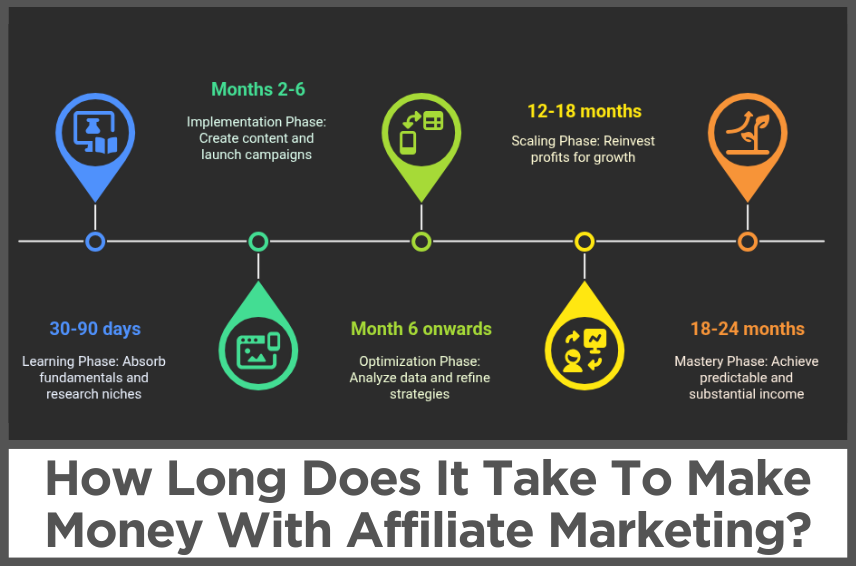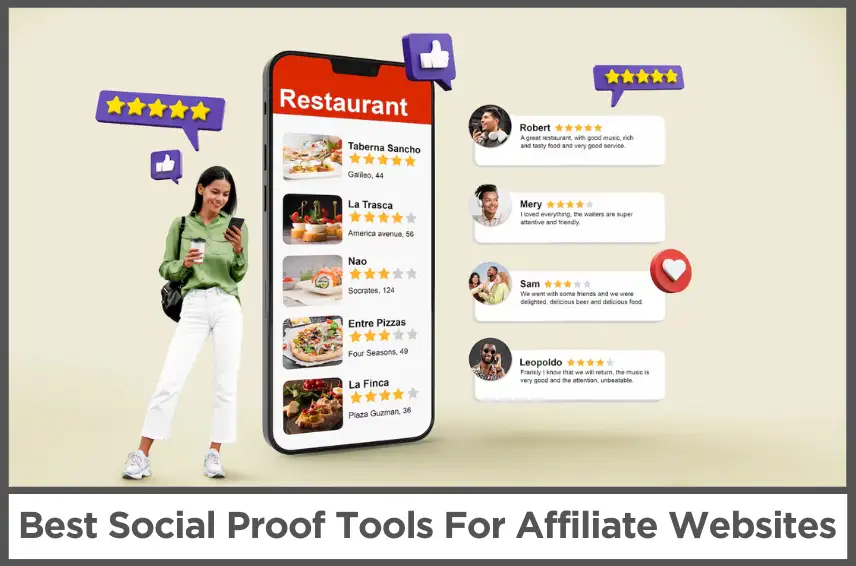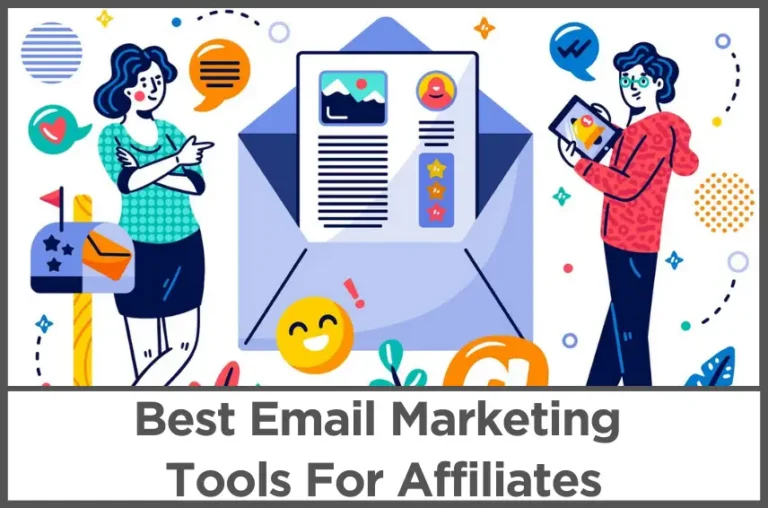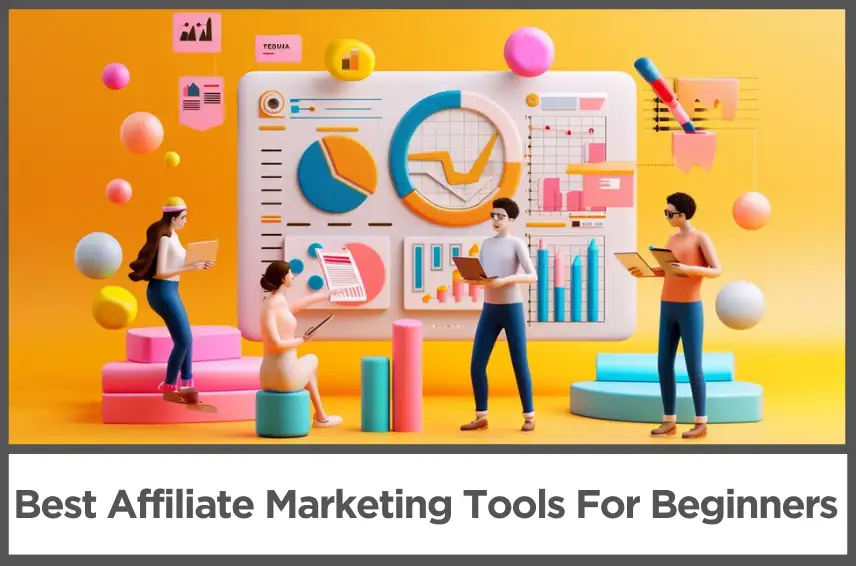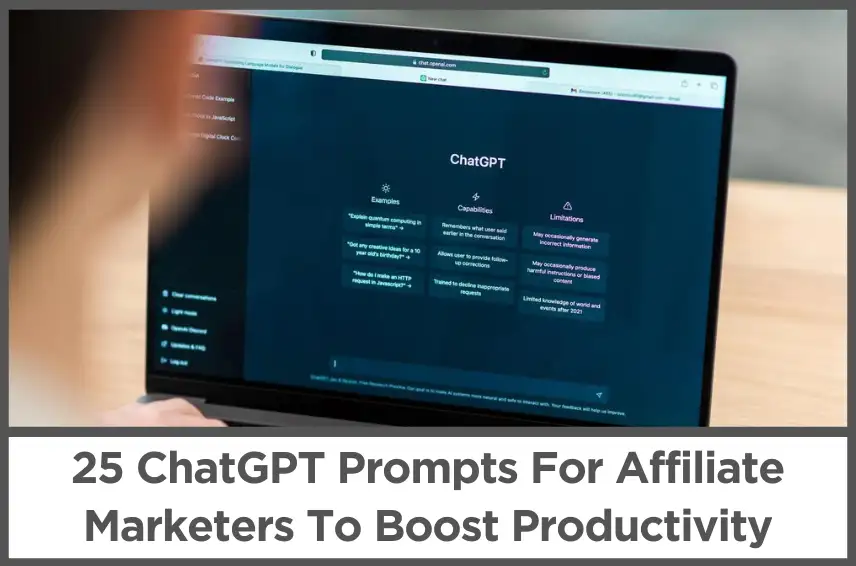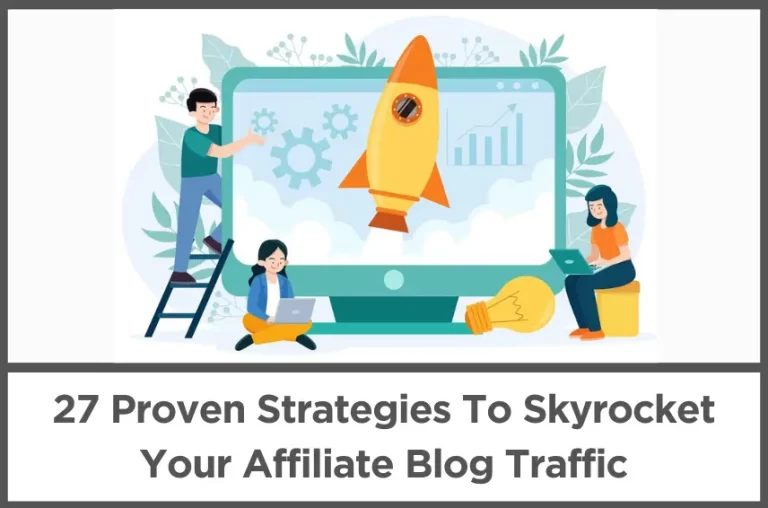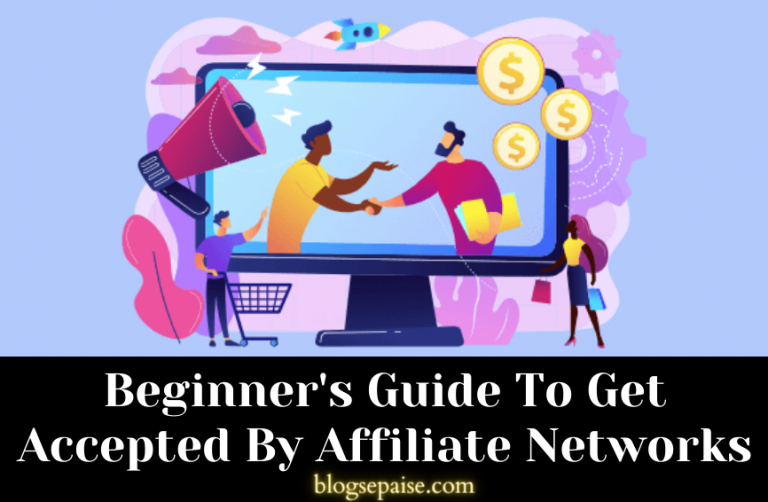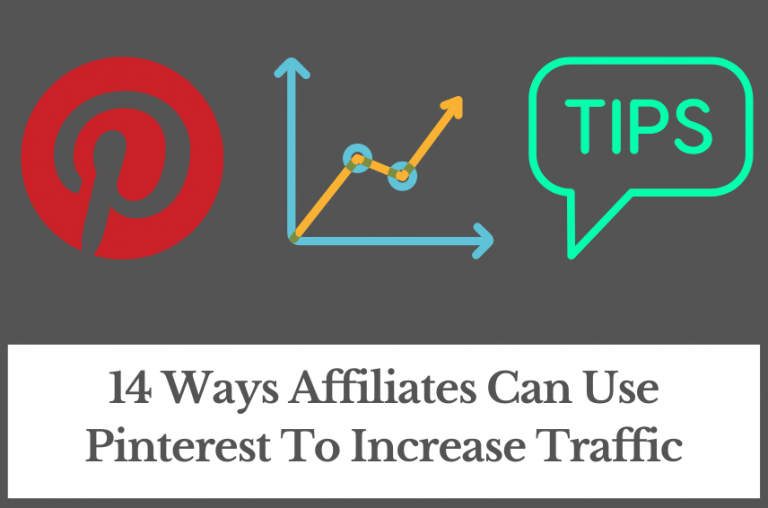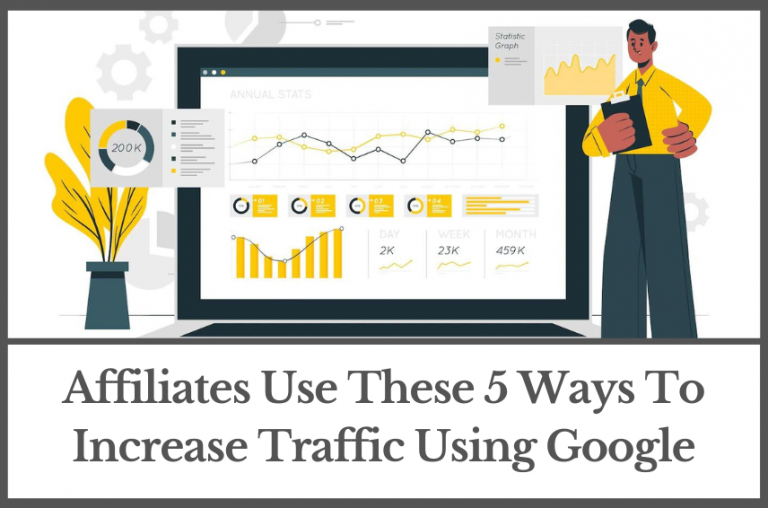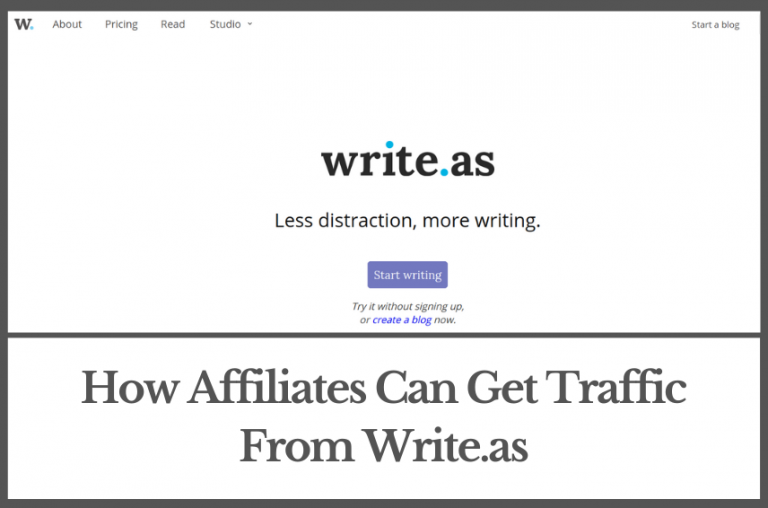How To Create A Content Plan For Affiliate Marketing
by Abhigyan
Creating a strategic content plan transforms affiliate marketing from random posting into a systematic approach that generates consistent results.
A well-crafted content plan serves as your roadmap, guiding every piece of content you create toward specific goals while ensuring you never run out of ideas.
Most affiliate marketers struggle with content creation because they lack structure.
They post sporadically, chase trending topics without strategy, and wonder why their efforts don’t translate into commissions.
A solid content plan eliminates these problems by establishing clear objectives, target audiences, and content themes that align with your affiliate goals.
Your content plan becomes the foundation for building trust with your audience, establishing expertise in your niche, and naturally introducing affiliate products that solve real problems.
The most successful affiliate marketers treat content planning as seriously as businesses treat marketing strategies, and their results reflect this professional approach.
Disclosure: Some of the links I share might be affiliate links. If you click on one and make a purchase, I may earn a small commission as a thank you. But don’t worry, it won’t cost you anything extra. I only recommend stuff I genuinely believe in. Your support helps me keep creating awesome content. You can read my full affiliate disclosure in my disclaimer page.
IN THIS POST :
ToggleFoundations Of Effective Affiliate Content Planning
Successful affiliate content planning starts with clear goal setting that connects your content efforts to revenue outcomes.
Each piece of content should serve specific purposes within your larger affiliate marketing strategy, from building awareness to nurturing prospects and driving conversions.
Your content plan must balance promotional and educational content carefully. Pure sales pitches drive audiences away, while purely educational content fails to generate affiliate income.
The sweet spot involves creating valuable content that naturally incorporates affiliate recommendations as genuine solutions to discussed problems.
Content planning requires deep niche knowledge and genuine passion for your chosen topics.
Audiences quickly detect inauthentic recommendations, making it crucial to focus on products and services you truly believe in.
This authenticity translates into more compelling content and higher conversion rates.
Planning horizons typically extend 3-6 months ahead for optimal results.
This timeframe allows you to align content with seasonal trends, product launches, and promotional cycles while maintaining flexibility for timely topics.
Shorter planning periods create reactive content, while longer periods become difficult to execute effectively.
Budget considerations affect content quality and production volume significantly. Determine realistic resources for content creation, including time, tools, and potential outsourcing costs.
Your plan should match your available resources while gradually scaling as affiliate income grows.
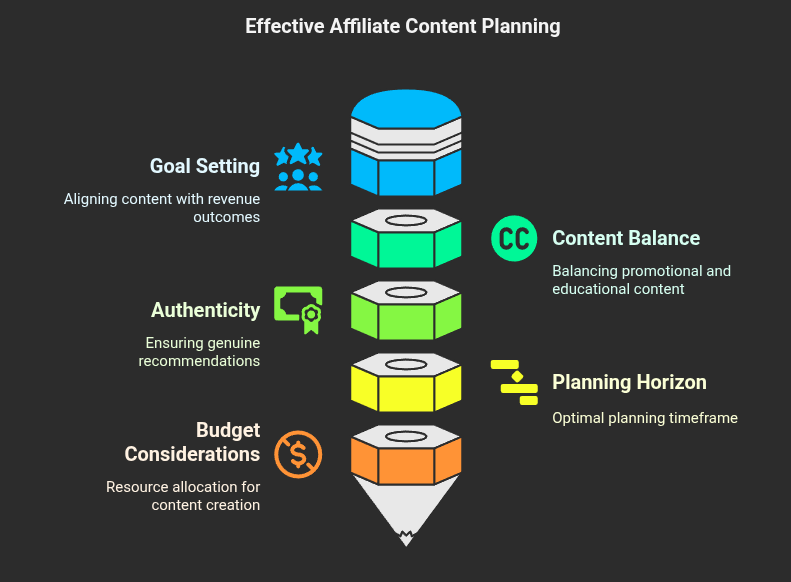
Defining Your Target Audience Content Needs
Audience research forms the cornerstone of effective content planning. You need detailed insights into your prospects’ demographics, interests, pain points, and content consumption habits.
This information guides every content decision from topics to formats to distribution channels.
Creating detailed buyer personas helps personalize your content approach.
These fictional representations of ideal customers should include age ranges, income levels, lifestyle preferences, shopping behaviors, and media consumption patterns.
The more specific your personas, the more targeted your content becomes.
Pain point identification reveals the most valuable content opportunities. Your audience faces specific challenges that your affiliate products can solve.
Map these problems to content topics that address concerns while naturally introducing relevant solutions.
This approach creates content that serves both educational and promotional purposes.
Content consumption preferences vary significantly across different audience segments. Some people prefer detailed written guides, while others respond better to videos or infographics.
Survey your existing audience or analyze competitor content performance to identify preferred formats and lengths.
Journey stage mapping ensures your content addresses prospects at different decision points.
Early-stage visitors need educational content that builds awareness, while later-stage prospects require detailed comparisons and specific product recommendations.
Your content plan should include materials for each stage.
Research And Content Opportunity Discovery
Keyword research reveals the topics your audience actively searches for online.
Tools like Clicks, KWFinder, or Ahrefs help identify search volumes, competition levels, and related terms that inform your content strategy.
Focus on keywords that combine decent search volume with commercial intent.
Competitor analysis provides insights into successful content strategies within your niche.
Examine top-performing content from established affiliate marketers, noting their topics, formats, and promotional approaches.
Look for content gaps where you can provide unique value or better solutions.
Social media listening uncovers trending topics and common questions within your target audience.
Monitor relevant Facebook groups, Reddit communities, and Twitter conversations to identify recurring themes and problems.
These insights often reveal content opportunities that keyword tools miss.
Affiliate program research helps align content with available promotional opportunities.
Review commission structures, promotional materials, and seasonal campaigns from your affiliate partners. This information helps you plan content around high-paying offers and special promotions.
Industry trends and seasonal patterns affect content performance significantly.
Plan content around predictable cycles like back-to-school seasons, holiday shopping, or industry-specific events.
Creating Your Content Calendar + Publishing Schedule
Content calendar creation transforms your planning from ideas into actionable schedules.
Start with annual planning that identifies major themes, seasonal content, and promotional campaigns.
Then break this down into monthly themes and weekly posting schedules that maintain consistent audience engagement.
Publishing frequency depends on your available resources and audience expectations. Consistency matters more than volume, so choose a schedule you can maintain long-term.
Many successful affiliate marketers start with 2-3 posts weekly and scale up as their systems improve.
Content batching improves efficiency and maintains quality standards. Dedicate specific time blocks to content creation rather than trying to produce materials daily.
This approach allows for better planning, research, and editing while reducing the stress of constant content demands.
Editorial workflows ensure consistent quality and timely publication.
Establish processes for content ideation, creation, editing, and publishing that include quality checkpoints and approval stages.
These systems become especially important when working with team members or guest contributors.
Backup content preparation prevents publication gaps during busy periods or unexpected events. Maintain a reserve of evergreen content that remains relevant regardless of timing.
This safety net ensures consistent publishing even when life disrupts your regular content creation schedule.
Developing Content Themes That Drive Affiliate Sales
Educational content themes position you as a helpful authority while naturally incorporating affiliate recommendations.
Topics like tutorials, guides, and how-to content attract engaged audiences who are actively seeking solutions.
These formats create natural opportunities to recommend tools and products that support the educational content.
Product comparison themes directly support affiliate sales by helping prospects make informed decisions.
Create detailed comparisons between competing products, highlighting strengths, weaknesses, and ideal use cases.
These posts often convert well because they target people actively researching purchases.
Problem-solving content addresses specific challenges your audience faces while positioning affiliate products as solutions.
Case studies, troubleshooting guides, and solution-focused articles create valuable content that naturally leads to product recommendations.
Seasonal and trending themes capitalize on temporary interest spikes to drive traffic and sales.
Plan content around holidays, industry events, and trending topics that align with your affiliate products. This approach often generates significant short-term traffic boosts.
Personal experience themes build trust and authenticity around your affiliate recommendations.
Share genuine experiences with products you promote, including both successes and limitations. This transparency increases credibility and often leads to higher conversion rates.
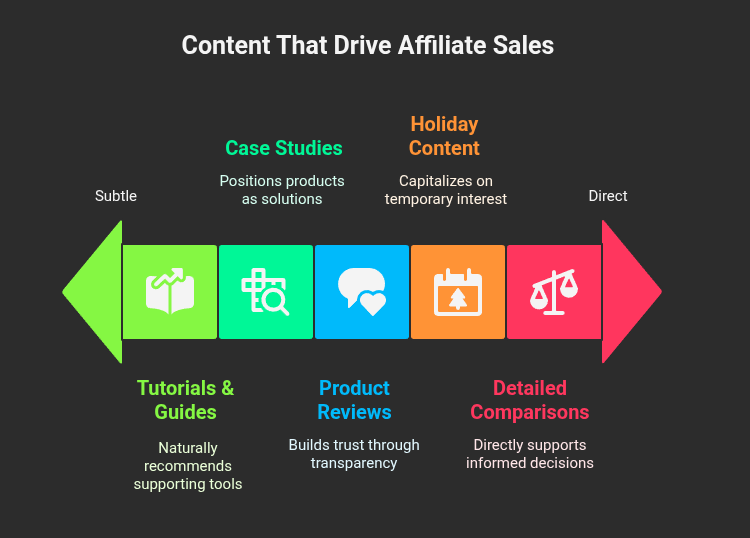
Content Formats That Convert Browsers into Buyers
Long-form guides and tutorials provide immense value while creating multiple opportunities for affiliate integration.
These comprehensive resources often rank well in search engines and get shared frequently, extending their reach and lifetime value. Include affiliate recommendations naturally within the educational content.
Video content increasingly dominates online consumption, making it essential for modern affiliate strategies.
Product demonstrations, unboxing videos, and tutorial content work particularly well for affiliate marketing.
Video allows you to showcase products in action while building personal connections with your audience.
Comparison posts and reviews directly address purchase decisions by evaluating products against specific criteria.
These formats naturally incorporate affiliate links while providing genuine value to readers. Focus on honest, detailed assessments that help readers make informed choices.
Email sequences nurture relationships over time while gradually introducing affiliate products.
Plan email series that deliver value through tips, insights, and resources while strategically incorporating relevant product recommendations.
Interactive content like quizzes, calculators, and assessments engage audiences while collecting valuable data.
These formats can recommend personalized product solutions based on user responses, creating highly targeted affiliate opportunities with improved conversion rates.
Distribution Strategy Across Multiple Platforms
Multi-platform distribution amplifies your content reach while accommodating different audience preferences.
Adapt your core content for various platforms like blogs, social media, email newsletters, and video channels. Each platform has unique optimization requirements and audience behaviors.
Social media strategies should align with platform-specific best practices and audience expectations.
LinkedIn works well for professional content, Instagram excels with visual products, and Facebook supports detailed discussions.
Tailor your content presentation and promotional approach to each platform’s culture.
Email marketing remains one of the highest-converting channels for affiliate content.
Build email lists through valuable lead magnets, then nurture subscribers with regular content that includes strategic affiliate recommendations.
Email allows for more direct promotional approaches than social media platforms.
SEO optimization ensures your content gets discovered through organic search.
Research relevant keywords, optimize titles and meta descriptions, and create content that thoroughly addresses search intent.
Search traffic often converts well because people actively seek solutions.
Paid promotion can accelerate content distribution and affiliate sales when budget allows.
Promote high-converting content through social media advertising, Google Ads, or influencer partnerships.
Focus spending on content that has proven organic success to maximize return on investment.
Measuring Success + Optimizing Your Content Plan
Traffic analytics reveal which content resonates most with your audience and drives the most visitors.
Monitor page views, session duration, and bounce rates to identify top-performing content themes and formats. Use this data to inform future content planning decisions.
Conversion tracking shows which content actually generates affiliate commissions.
Set up proper tracking to understand the customer journey from content consumption to purchase.
This information helps you identify your most profitable content types and optimize accordingly.
Engagement metrics indicate audience interest and content quality.
Monitor social shares, comments, email open rates, and video watch times to gauge content effectiveness.
High engagement often correlates with better search rankings and increased affiliate sales.
Revenue attribution helps you understand which content contributes most to your affiliate income.
Track which posts, videos, or emails generate the highest commission values. This analysis guides resource allocation toward your most profitable content types.
Continuous optimization involves regularly reviewing performance data and adjusting your content plan accordingly.
Monthly reviews of analytics help identify trends, successful strategies, and areas needing improvement. Use these insights to refine your approach and improve results over time.
Final Thoughts On Creating A Content Plan
Creating an effective content plan for affiliate marketing requires strategic thinking, consistent execution, and ongoing optimization.
Your plan serves as the bridge between random content creation and systematic revenue generation through valuable, audience-focused materials.
Success comes from balancing educational value with promotional elements in ways that serve your audience while achieving your business goals.
The most profitable affiliate content plans focus on solving real problems for specific audiences while naturally incorporating product recommendations that genuinely help.
Remember that content planning is an iterative process that improves with experience and data. Your first plan won’t be perfect, and that’s completely normal.
Focus on creating valuable content consistently, measuring results carefully, and refining your approach based on what actually works for your audience.
The digital landscape continues evolving, creating new content opportunities and distribution channels.
Stay flexible and willing to experiment with new formats and platforms while maintaining focus on your core audience and their needs.
Start with a simple plan that you can execute consistently rather than creating an elaborate strategy that overwhelms your resources.
As your skills and audience grow, you can expand and sophisticate your content planning to match your increased capabilities and ambitions.
The key is beginning with clear intentions and maintaining consistent progress toward your affiliate marketing goals.
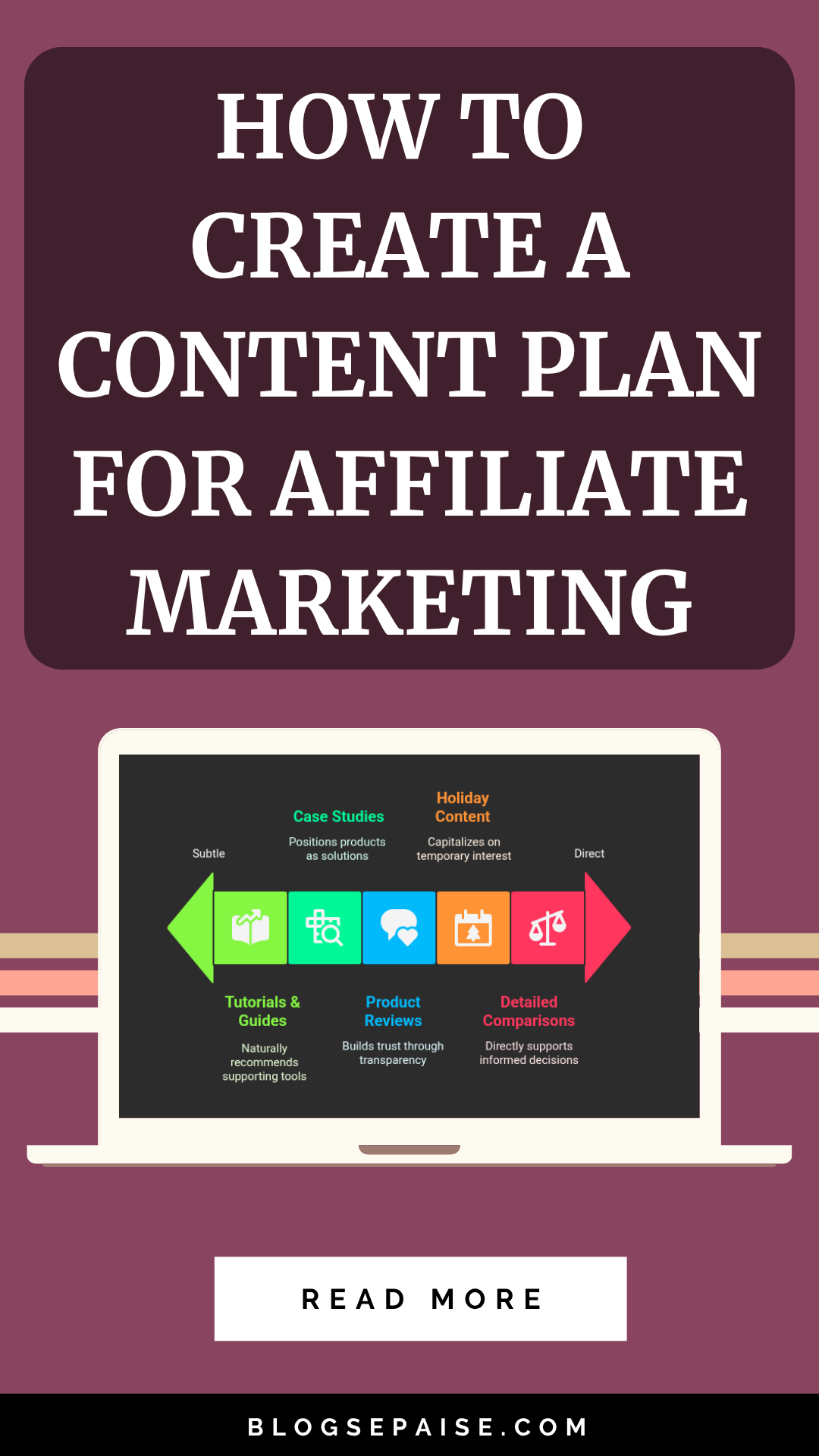
If you find this article helpful, kindly share it with your friends. You may also Pin the above image on your Pinterest account. Thanks!
Abhigyan Mahanta
Hi! I’m Abhigyan, a remote web developer and an affiliate blogger. I create beginner-friendly guides to help new affiliates get started and grow in affiliate marketing. I also share information on remote companies and interview preparation tips.

